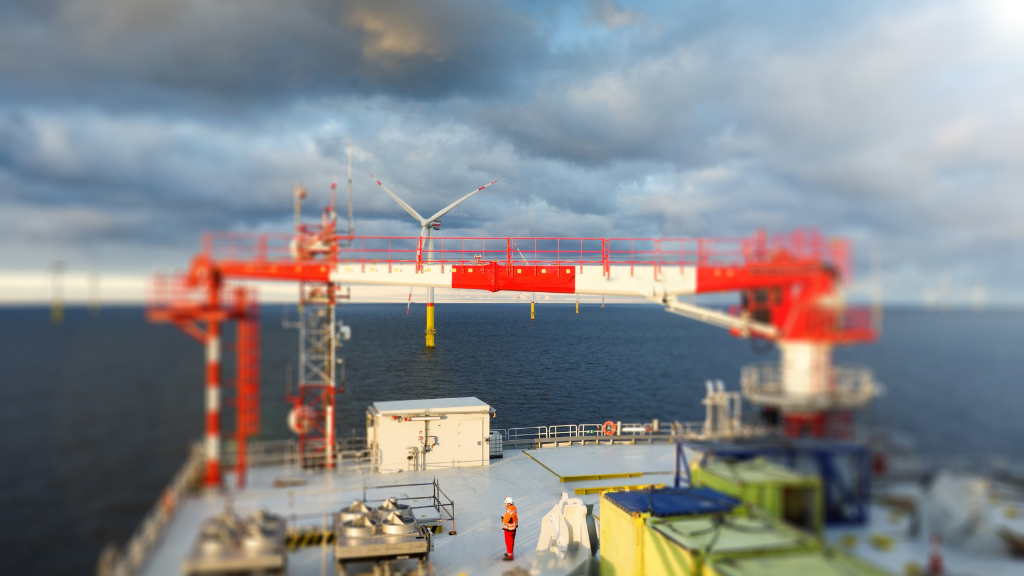The offshore wind industry plays a leading role in the quest for a more sustainable future. With the pressing need for clean energy sources, offshore wind farms (OWFs) are not just an alternative but a necessity. However, the operational intricacies of these colossal giants are as challenging as they are fascinating. The key to harnessing their full potential lies in the meticulous and innovative approaches to operations and maintenance (O&M).
The High Stakes of O&M in Offshore Wind
Unlike their onshore counterparts, OWFs face a unique set of challenges. The harsh marine environment, accessibility hurdles, and the sheer distance from the coast amplify the complexity and costs of O&M tasks. Astonishingly, O&M costs can gulp down 25-30% of the total lifecycle costs of an OWF, almost double that of onshore wind projects[1]. This highlights the need for efficient and cost-effective O&M strategies.
Pioneering a Path Forward with Technology
The industry’s commitment to innovation is evident in the development of new technologies and solutions. Digital Twin (DT) technology, for instance, is a game-changer. It allows real-time monitoring and failure analysis of wind farm components, integrating data for intelligent decision-making[2]. This advancement not only improves the reliability of OWFs but also makes sure O&M operators and the marine ecosystem stay safe.
What’s more, initiatives like the U.S. Department of Energy’s collaboration with Sandia National Laboratories and the National Renewable Energy Laboratory aim to create a road map for developing new O&M technologies[3]. Their focus is on filling knowledge gaps and identifying emerging technology solutions that warrant government investment. This collaborative approach is important for boosting the confidence in operating and maintaining an expanding offshore wind energy fleet.
Reducing Costs, Boosting Sustainability
Efficient O&M is not just about keeping the turbines turning; it’s a significant contributor to keeping costs down and improving sustainability in offshore wind power. Organisations like SINTEF Energy Research are developing models and tools to optimise O&M[4]. They focus on aspects such as improved turbine designs, optimised operation strategies, and advanced inspection and monitoring methods. These efforts are integral to making offshore wind power more cost-efficient and sustainable.
The Bigger Picture
Beyond the technical aspects, the work in offshore wind O&M is a testament to our commitment to environmental sustainability and combating climate change. By improving the efficiency and cost-effectiveness of offshore wind power, we contribute to reducing the overall environmental impact of energy production.
As we continue to innovate and refine O&M strategies, the role of industry stakeholders, researchers, and policy-makers becomes more pivotal. The collective goal is clear; to make offshore wind a reliable, efficient, and sustainable power source. Keeping the blades turning is not just a technical necessity but a symbol of our dedication to a greener planet.
Footnotes
- https://www.sciencedirect.com/science/article/abs/pii/S0029801822026051
- ibid.
- https://www.energy.gov/eere/wind/articles/new-offshore-wind-operations-and-maintenance-road-map-works
- https://www.sintef.no/en/expertise/sintef-energy-research/offshore-wind-operation-and-maintenance/


